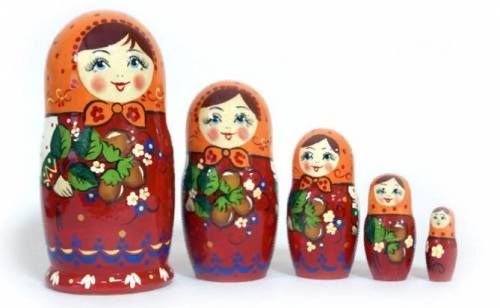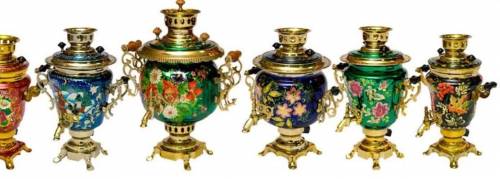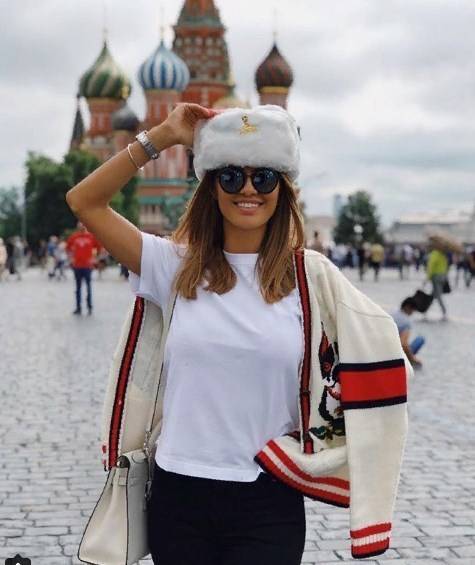Usually tourists buy such traditional Russian souvenirs, as Matryoshka dolls, beautifully painted mugs, plates and spoons from the village of Khokhloma and Palekh boxes. Those who have more money buy amber, furs, art books and caviar. Some tourists are more interested in magnets, badges, T-shirts and Russian ushanka-hats
1 Matryoshka (a set of wooden Russian dolls)
2 Balalayka (a musical instrument)
3 Valenki (winter footwear)
4 Orenburg downy shawls
5 Clay Dymkovo toys
6 Palekh caskets
7 Kasli Art casting
8 Wooden dishes and spoons
9 Souvenir Eggs
10 Samovar
1 Матрёшка (набор русских деревянных кукол)
(музыкальный инструмент)
3 Валенки (зимняя обувь)
4 Оренбургские пуховые платки
5 Глиняная дымковская игрушка
6 Шкатулки из Палеха
7 Каслинское художественное литьё
8 Деревянная посуда и ложки
9 Яйца сувенирные
10 Тульский самовар
Russian souvenirs are not only the national products, but also various crafts of minerals, bones and stones, such as porcelain cups, statuettes made of bone, ashtrays, writing sets and clocks made of stone. Popular with tourists is tableware, decorated with images of cathedrals, cities and national patterns. Most of these dishes, which gift shops sell are very interesting for guests from other countries.



The Russian and American borders meet in Alaska. Only the Bering Strait separates Siberia and North America. Many scientists believe the first Native Americans who lived on the American continent travelled from Siberia to Alaska. Russian navigators reached the Pacific Coast in the middle of the 18th century and saw Alaska in 1741. The first Russian settlement in North America was founded in 1773.
Не уверена что правильно.